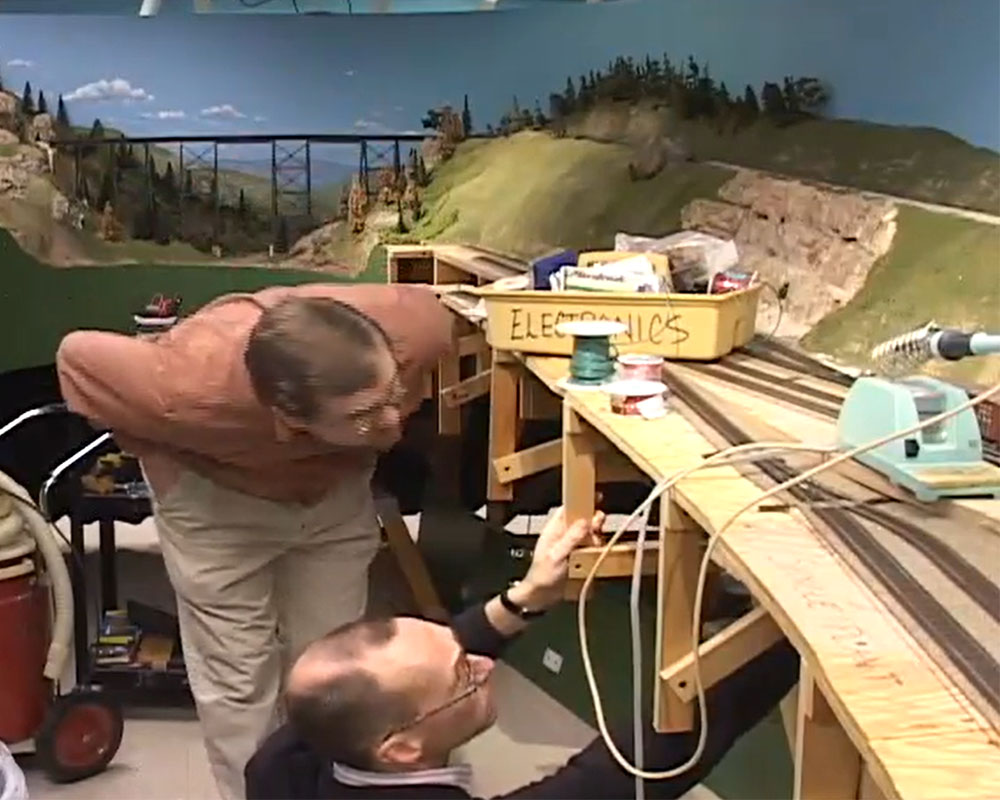Building Model Railroader’s Winter Hill Quarry branch, part 5
| Last updated on November 23, 2020

Installing feeder wires on the Model Railroader staff's project model train layout
We’ve refreshed our site! Check out our new look.
| Last updated on November 23, 2020

Installing feeder wires on the Model Railroader staff's project model train layout
Members enjoy 15% off any purchase in our store. Join Today!
Model Railroader 2026 Calendar
Don't miss Model Railroader’s all-new 2026 calendar, featuring Rod Stewart's spectacular layout!